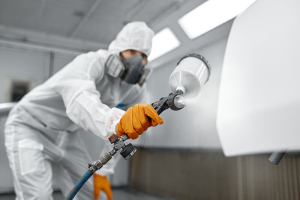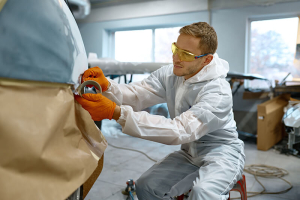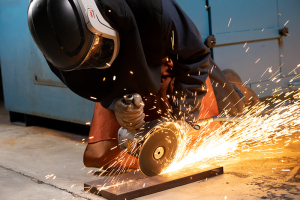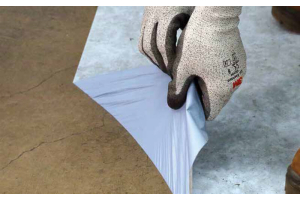Prevent Fogged-Up Eyewear With This Product
Don't Compromise Your Safety:
Use Anti-Fog Eyewear
Humidity - whether due to the summer heat or high-moisture situations like those in food service - can present a major safety issue. Fogged-up lenses can negatively impact both safety and productivity as workers either have to frequently wipe their glasses or forgo wearing them altogether.
For workers in metalworking, oil and gas, construction, utilities, and other physically demanding environments, the best way to ensure they’re wearing their safety eyewear is to use special anti-fog eyewear.
Jimmy Wong, 3M global head, eye and face protection advanced technical service engineer, offered several key tips for those working in high-humidity environments:
Reduce The Humidity
Depending on the environment, you may be able to reduce the overall humidity by using dehumidifiers or air conditioning to create a more stable and consistent temperature. This also has the added benefit of lowering workers’ body temperature, reducing perspiration and making it more comfortable overall.
Understand The Two Types of Anti-Fog Technology
There are two types of anti-fog technology - hydrophobic and hydrophilic. Hydrophobic coatings allow the water to bead up and roll off the surface. Commonly used in windshields, this is less common for eyewear because of how close it is to the user’s face.
Hydrophilic coatings reduce the surface tension – typically using surfactants – which creates a continuous film on the lens surface. This allows light to pass through the water with minimal distortion, unlike droplets.
While this coating is preferable, it does have a few limitations. It can be dissolved by water, so it will wear off in time. The coating can be reapplied but it takes more time and is more costly. Another issue is when there isn’t enough airflow to move water off the lens. This can cause distortion and the user can’t see through it.
To remedy this, experts recommend balancing gap coverage and airflow. If the task requires indirect or no venting, taking frequent breaks or using a full-face powered air purifying respirator are some options.
Choose The Right Safety Eyewear
There are now more advanced options for safety eyewear that incorporates premium anti-fog technologies that are bonded directly into the surface. This helps the hydrophilic properties last longer so that workers don’t have to reapply it regularly.
By using safety eyewear that contains anti-fog properties, workers can see clearly for longer, helping them remain safe and productive in most working situations.
See Why We're The Top Supplier For Industrial, Marine and Safety
30-Second Summary:
- ✔ High humidity can present a serious safety challenge for protective eyewear.
- ✔ Making environmental changes like using air conditioning or a dehumidifier can help create a lower, more consistent temperature.
- ✔ There are two key methods of anti-fog technology: hydrophobic and hydrophilic.
- ✔ Hydrophilic is most commonly used for safety eyewear. It creates a continuous film on the surface that the worker can more easily see through.
- ✔ This coating can wear off over time, so it’s important to use a product that has this coating bonded on.










